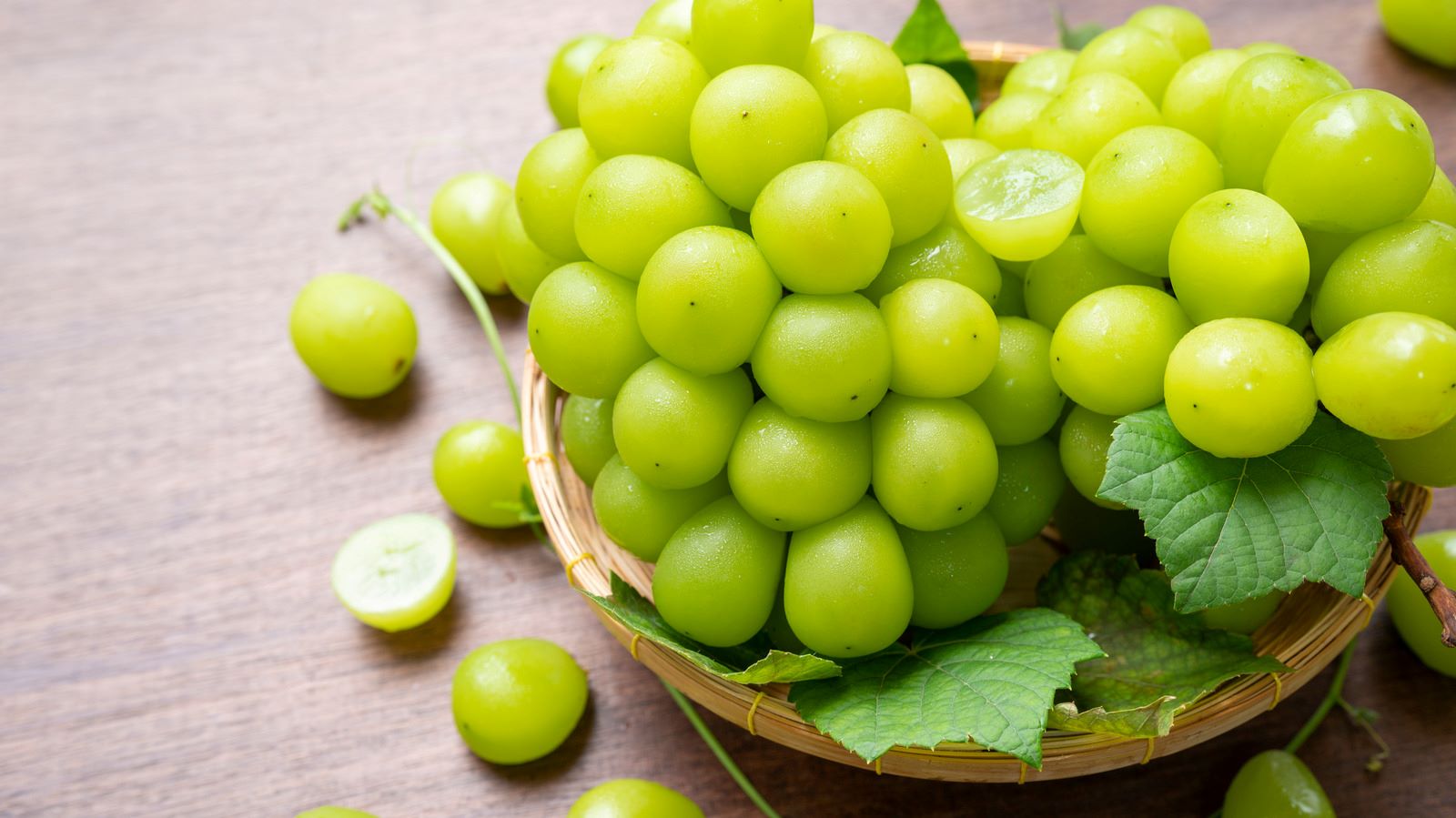

Articles
How To Store Green Grapes
Modified: February 27, 2024
Learn how to properly store green grapes to maintain their freshness and juiciness. Discover the best techniques and tips in this informative articles.
(Many of the links in this article redirect to a specific reviewed product. Your purchase of these products through affiliate links helps to generate commission for Storables.com, at no extra cost. Learn more)
Introduction
Green grapes are a delightful and refreshing fruit that can be enjoyed on their own or incorporated into a variety of recipes. However, like any fruit, green grapes have a limited shelf life and can quickly spoil if not stored properly. By taking the time to store green grapes correctly, you can ensure that they stay fresh, juicy, and delicious for as long as possible.
In this article, we will explore the importance of properly storing green grapes and provide you with helpful tips and techniques to extend their shelf life. Whether you want to enjoy a crisp, chilled grape or incorporate them into a tasty salad or dessert, knowing how to store them correctly will make all the difference in their taste and texture.
So, let’s dive in and discover the secrets to preserving the freshness of green grapes!
Key Takeaways:
- Properly storing green grapes is crucial for preserving their freshness, texture, and taste. By choosing the right container, cleaning and drying the grapes, and storing them in the refrigerator, you can extend their shelf life and enjoy them at their best.
- Freezing green grapes is a fantastic option for extended storage, allowing you to enjoy their refreshing taste all year round. By following proper freezing techniques and handling tips, you can savor the delightful flavor of green grapes for an extended period.
Read more: How To Store Grapes In Freezer
The Importance of Properly Storing Green Grapes
Properly storing green grapes is essential to maintain their quality and extend their freshness. When grapes are not stored correctly, they can spoil quickly, losing their crispness and flavor. Here are a few reasons why proper storage is important:
Preserving Freshness: Green grapes are highly perishable fruits, and they can start to deteriorate soon after they are harvested. By storing them properly, you can slow down the ripening process and keep them fresh for a longer time. This means you can enjoy their juicy and vibrant taste, even several days after purchase.
Maintaining Texture: Green grapes have a satisfying crunch that is beloved by grape enthusiasts. However, improper storage can cause them to become soft or mushy, ruining their crisp texture. By following the right storage techniques, you can ensure that your green grapes remain firm and crunchy, enhancing your eating experience.
Avoiding Mold and Spoilage: Green grapes are susceptible to mold growth and spoilage if exposed to unfavorable conditions. Proper storage helps prevent the growth of mold and bacteria, which can lead to the deterioration of the grapes. By keeping them in the right environment, you can minimize the risk of spoilage and avoid wasting perfectly good grapes.
Extended Shelf Life: When green grapes are stored correctly, their shelf life is significantly extended. This means that you can enjoy your grapes over a longer period, allowing you to savor their deliciousness at your own pace. This is particularly beneficial if you buy grapes in bulk or want to save them for future use in recipes.
By understanding the importance of properly storing green grapes, you can maximize their freshness, taste, and nutritional value. In the following sections, we will explore different methods of storage and provide you with practical tips to ensure your green grapes stay in optimal condition.
Choosing the Right Container for Storing Green Grapes
When it comes to storing green grapes, choosing the right container is crucial to maintain their freshness and prevent damage. Here are some considerations to keep in mind:
Breathability: Green grapes need to breathe to stay fresh. Avoid airtight containers or plastic bags as they can trap moisture and promote the growth of mold. Instead, opt for a container with good ventilation or use a perforated bag that allows air circulation while still protecting the grapes.
Size and Shape: It’s important to choose a container that is spacious enough to accommodate the grapes without crushing them. Avoid overcrowding the grapes, as this can cause bruising and spoilage. Opt for a container with enough room for the grapes to be spread out in a single layer, allowing for proper airflow.
Material: The material of the container can also impact the storage process. Non-reactive materials like glass, ceramic, or food-grade plastic are ideal choices as they don’t interact with the grapes and alter their taste. Avoid containers made of metal, as they can impart a metallic taste to the grapes.
Lid or Cover: While breathable containers are ideal, it’s also important to have a lid or cover to protect the grapes from dust, insects, and odors. Look for a container that comes with a fitted lid or use plastic wrap or aluminum foil to cover the grapes if your container doesn’t have one.
Transparency: Clear containers or bags allow you to easily monitor the condition of the grapes without opening the container. This can help you spot any signs of spoilage or mold and take immediate action to preserve the remaining grapes.
Overall, the key is to choose a container that provides proper ventilation, ample space, and protection from external contaminants. By selecting the right container, you can ensure that your green grapes stay fresh and flavorful for an extended period.
Cleaning and Drying Green Grapes before Storage
Before storing green grapes, it’s important to clean them properly to remove any dirt, pesticides, or residues that may be present on the surface. Here’s a step-by-step guide on cleaning and drying green grapes:
Step 1: Rinse the Grapes
Start by placing the grapes in a colander or strainer and gently rinsing them under cool running water. Make sure to thoroughly rinse every grape to remove any dirt or debris clinging to the skin.
Step 2: Soak in Vinegar Solution (Optional)
If desired, you can create a light vinegar solution to further clean the grapes. Mix one part vinegar with three parts water in a bowl or basin. Submerge the grapes in the solution for a few minutes, gently swishing them around to ensure all surfaces are cleaned. Rinse the grapes again under cool water to remove any vinegar residue.
Step 3: Pat Dry with Paper Towels
After rinsing, gently pat the grapes dry with paper towels or a clean kitchen towel. Avoid rubbing them too vigorously, as this can damage the delicate skin or cause bruising.
Step 4: Air Dry Thoroughly
Once the grapes are damp-dry, allow them to air dry completely before storing. Spread them out in a single layer on a clean kitchen towel or paper towels and leave them at room temperature. Make sure the grapes are evenly spaced to allow air circulation, which helps to prevent any moisture buildup.
Step 5: Remove Stems (Optional)
Some individuals prefer to remove the stems from the grapes before storage. This is a matter of personal preference as the stems do not affect the storage or freshness of the grapes. If you decide to remove the stems, use clean kitchen shears or your fingers to gently twist and separate the grapes from the clusters.
By properly cleaning and drying green grapes before storage, you can ensure that they are free from any contaminants and ready to be stored in the optimal conditions. This will help maintain their freshness and extend their shelf life, allowing you to enjoy delicious and healthy green grapes for longer periods.
Keeping Green Grapes Fresh in the Refrigerator
The refrigerator is an excellent place to store green grapes as it helps to slow down the ripening process and maintain their freshness. Follow these steps to keep your green grapes fresh in the refrigerator:
Step 1: Place the Grapes in a Perforated Bag or Container
Transfer the cleaned and dried grapes to a perforated plastic bag or a container with ventilation holes. This will allow for proper airflow, preventing excessive moisture buildup and maintaining the grapes’ freshness.
Step 2: Store in the Produce Drawer or Coldest Part
Place the bag or container of green grapes in the produce drawer of your refrigerator or in the coldest part of the fridge, which is usually the bottom shelf. This will help maintain a consistent temperature and protect the grapes from any temperature fluctuations.
Step 3: Avoid Washing the Grapes Again
Once the grapes are in the fridge, it’s best to avoid washing them again. Excessive exposure to water can accelerate spoilage, so it’s better to wash them thoroughly before refrigeration.
Step 4: Use Within a Week
Green grapes can generally be stored in the refrigerator for about a week. However, their freshness and flavor will be best within the first few days. Plan to consume the grapes within this timeframe to enjoy them at their peak.
Step 5: Check for Signs of Spoilage
Periodically inspect the grapes for any signs of spoilage, such as mold or shriveling. Remove any damaged or overripe grapes to prevent spoilage from spreading to the rest of the bunch.
By storing green grapes in the refrigerator, you can significantly extend their shelf life and enjoy their crispness and sweetness for a longer duration. Just remember to keep them in a well-ventilated container and consume them within a week for the best taste and quality.
Store green grapes in the refrigerator in a perforated plastic bag to maintain their freshness. Avoid washing them until ready to eat to prevent spoilage.
Read more: How To Store Concord Grapes
Storing Green Grapes at Room Temperature
While the refrigerator is the preferred storage method for green grapes, there may be times when you don’t have enough refrigerator space or simply prefer to keep your grapes at room temperature. Here are some guidelines for storing green grapes at room temperature:
Step 1: Choose a Cool Spot
Select a cool area in your home away from direct sunlight and heat sources like stoves and appliances. Ideally, the temperature should be around 70°F (21°C). Excess heat can cause the grapes to spoil more quickly.
Step 2: Use a Container with Ventilation
Place the cleaned and dried green grapes in a container that allows for airflow. A shallow bowl or a perforated basket is suitable for this purpose. Avoid using airtight containers or plastic bags, as they can trap moisture and promote mold growth.
Step 3: Avoid Washing the Grapes Again
If you have already washed the grapes before storing them at room temperature, there is no need to wash them again. Excessive moisture can accelerate spoilage, so it’s best to leave them as they are.
Step 4: Check for Spoilage Regularly
Keep an eye on the grapes and inspect them daily for any signs of spoilage, such as mold or wrinkles. Remove any damaged or overripe grapes to prevent them from spoiling the rest of the bunch.
Step 5: Consume Within a Few Days
Green grapes stored at room temperature will not last as long as those stored in the refrigerator. Plan to consume them within a few days to ensure they remain fresh and retain their flavor.
It’s important to note that storing green grapes at room temperature increases the risk of spoilage. Therefore, it’s always best to refrigerate them whenever possible to maintain their freshness and extend their shelf life.
If you do choose to store your green grapes at room temperature, follow these guidelines and be sure to consume them promptly to enjoy their optimal taste and texture.
Freezing Green Grapes for Extended Storage
If you have a surplus of green grapes or want to enjoy them beyond their usual shelf life, freezing them is a fantastic option. Freezing green grapes not only allows you to enjoy their refreshing taste all year round but also preserves their nutritional value. Here’s how to freeze green grapes:
Step 1: Prepare the Grapes
Start by rinsing the grapes under cool water and patting them dry with a paper towel. Remove any stems if desired, although this step is not necessary for freezing.
Step 2: Arrange the Grapes on a Baking Sheet
Spread the grapes out in a single layer on a baking sheet lined with parchment paper or a silicone mat. This will prevent them from sticking together during the freezing process.
Step 3: Flash Freeze the Grapes
Place the baking sheet with the grapes in the freezer and let them freeze for about 2-3 hours, or until they are firm and individually frozen. Freezing them separately ensures that they won’t clump together when stored.
Step 4: Transfer to a Freezer Bag or Container
Once the grapes are frozen, quickly transfer them into a freezer-safe bag or container. Squeeze out any excess air before sealing. Alternatively, you can portion them into individual serving sizes for convenience.
Step 5: Label and Date the Packaging
Remember to write the date and label the packaging with “Green Grapes” to keep track of the freezing time and contents. This will help you properly rotate your frozen grape supply.
Step 6: Store in the Freezer
Place the bag or container of frozen green grapes in the freezer and store them at a temperature of 0°F (-18°C) or below. They can be kept in the freezer for up to 10-12 months, although they are best consumed within 6-8 months for optimal taste and texture.
Step 7: Thaw and Enjoy
To enjoy frozen green grapes, simply remove them from the freezer and let them thaw in the refrigerator overnight or eat them straight from the freezer as a refreshing, icy treat. Frozen grapes can also be used as a flavorful addition to smoothies or as a chilled garnish for drinks.
By freezing green grapes, you can enjoy their sweetness and refreshing taste even when they’re out of season. With proper storage, they will retain their quality and make a wonderful addition to your frozen fruit collection.
Tips for Preventing Spoilage and Extending Shelf Life
To ensure the maximum freshness and shelf life of green grapes, it’s important to take a few extra steps to prevent spoilage. By following these tips, you can extend the shelf life of your grapes and enjoy them for a longer duration:
- Handle with Care: When handling green grapes, be gentle to avoid bruising or damaging the delicate skin. Rough handling can lead to accelerated spoilage.
- Store Immediately: After purchasing or harvesting green grapes, store them in optimal conditions as soon as possible. Delaying storage can cause them to deteriorate more quickly.
- Keep Separate from Ethylene-Producing Fruits: Green grapes are sensitive to ethylene gas, which accelerates ripening and can cause them to spoil faster. Keep them away from ethylene-producing fruits like bananas and apples to minimize exposure.
- Avoid Washing Until Ready to Consume: It’s best to avoid washing grapes until you’re ready to eat them or use them in a recipe. Excessive moisture can promote spoilage, so wait until the last moment to rinse them.
- Remove Damaged Grapes Promptly: Check your grapes regularly for any signs of spoilage, such as mold, wrinkles, or soft spots. Remove any damaged grapes to prevent them from spreading spoilage to the rest of the bunch.
- Refrigerate Immediately: After cleaning and drying green grapes, refrigerate them promptly to slow down the ripening process and maintain their freshness. The ideal temperature for grapes is around 32-36°F (0-2°C).
- Don’t Wash Grapes Before Freezing: If you plan to freeze green grapes, it’s best to freeze them without washing. Washing can introduce moisture, which can negatively affect their texture when thawed.
- Use Quality Storage Containers: Choose breathable containers or perforated bags for storing grapes in the refrigerator. Avoid airtight containers or bags that can trap moisture and promote mold growth.
- Properly Seal Frozen Grapes: When freezing green grapes, ensure the packaging is properly sealed to prevent freezer burn. Squeezing out excess air from the bag or container before sealing will help maintain the grapes’ quality.
- Consume Green Grapes at Their Peak: Green grapes are best enjoyed when they are at their freshest. Plan to consume them within a few days to a week to experience their optimal taste and texture.
By following these tips, you can minimize spoilage, extend the shelf life of green grapes, and enjoy their delicious flavor for an extended period.
Conclusion
Properly storing green grapes is essential for maintaining their freshness, taste, and texture. By following the tips and techniques outlined in this article, you can extend the shelf life of green grapes and enjoy them at their best for a longer duration.
Choosing the right container, cleaning and drying the grapes before storage, and storing them in the refrigerator or at room temperature are important steps to keep them fresh. Freezing green grapes is also a great option for extended storage, allowing you to enjoy their delightful flavor all year round.
Preventing spoilage and extending the shelf life of green grapes requires handling them with care, storing them promptly, and being vigilant for any signs of spoilage. By implementing the tips provided, you can minimize waste and savor the deliciousness of green grapes throughout their lifespan.
Whether you enjoy green grapes as a healthy snack on their own, use them in recipes, or freeze them for a refreshing treat, knowing how to store them properly ensures that you can enjoy their crispness and sweetness in the most optimal way.
So remember, with the right storage methods and a little extra care, you can make the most of green grapes and indulge in their delicious taste for as long as possible!
Frequently Asked Questions about How To Store Green Grapes
Was this page helpful?
At Storables.com, we guarantee accurate and reliable information. Our content, validated by Expert Board Contributors, is crafted following stringent Editorial Policies. We're committed to providing you with well-researched, expert-backed insights for all your informational needs.
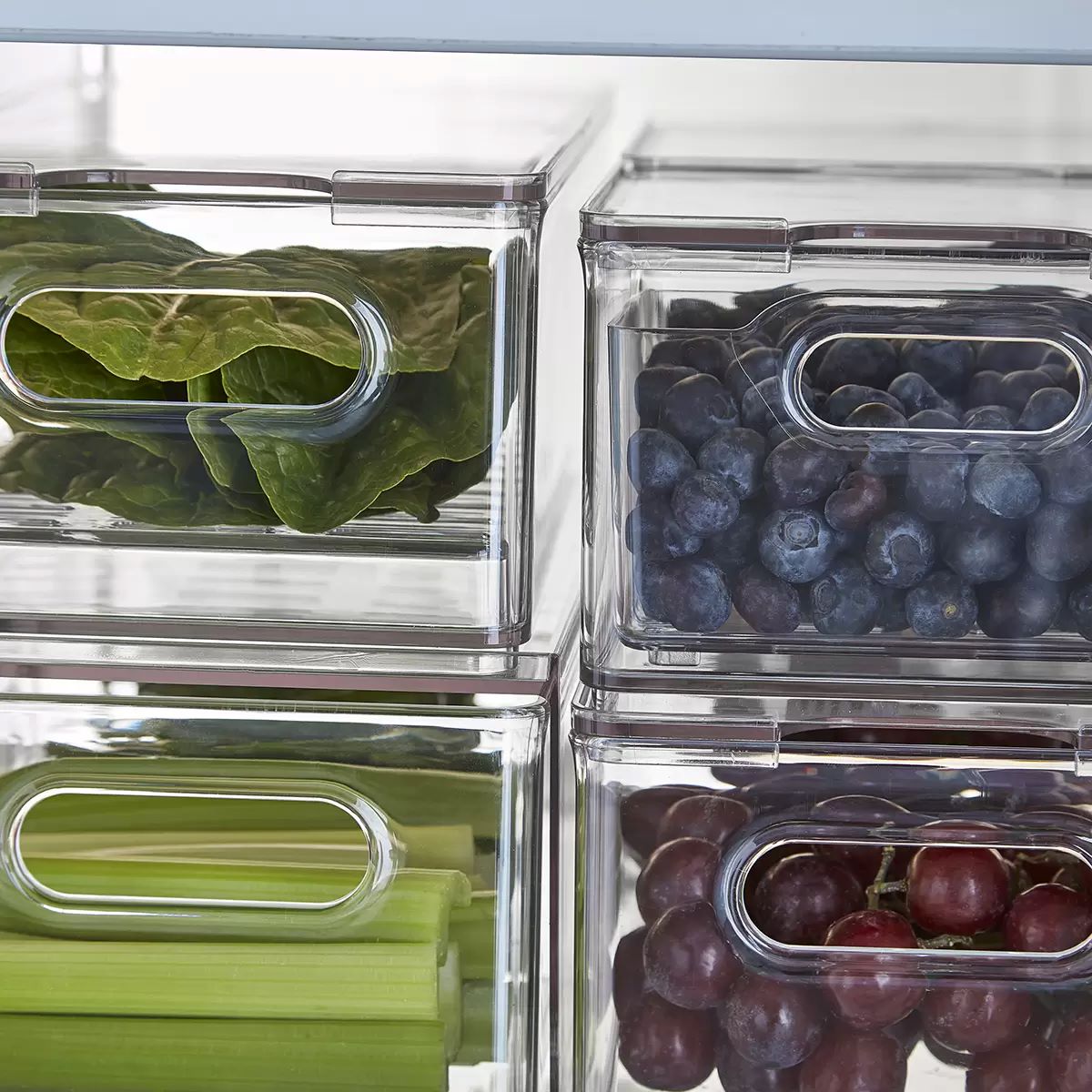
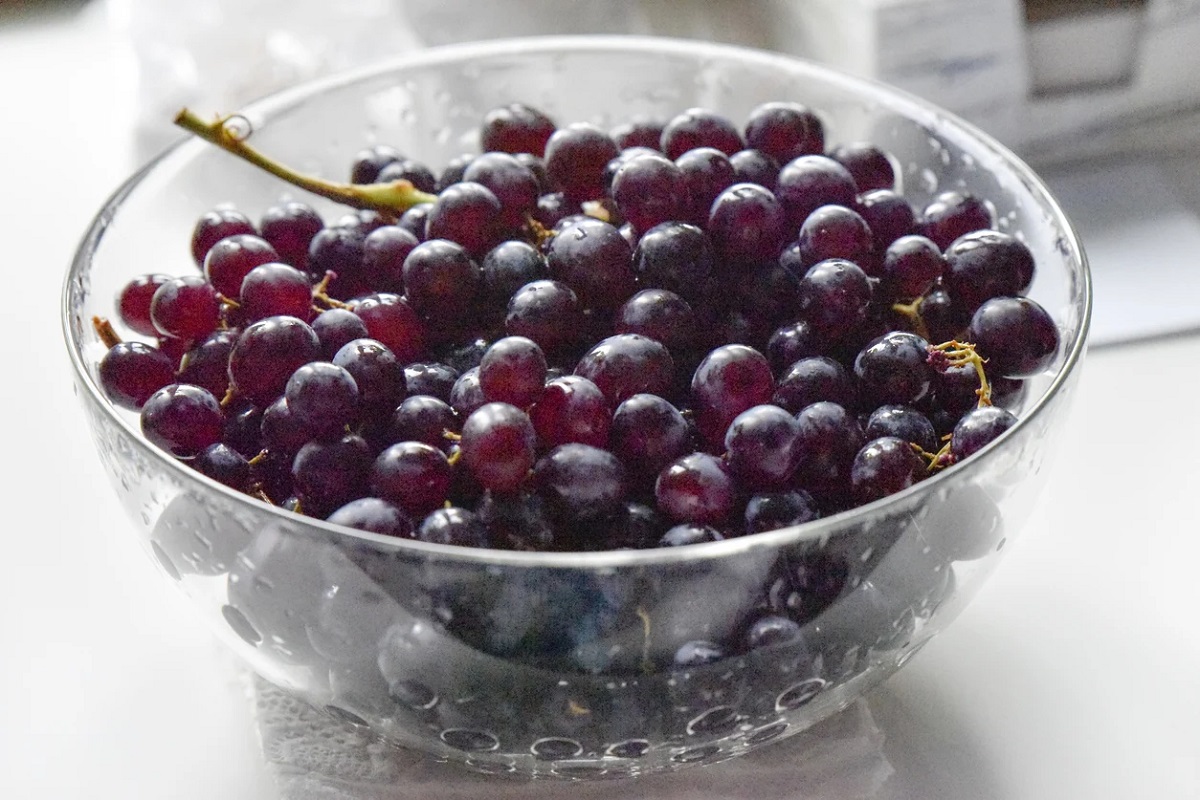
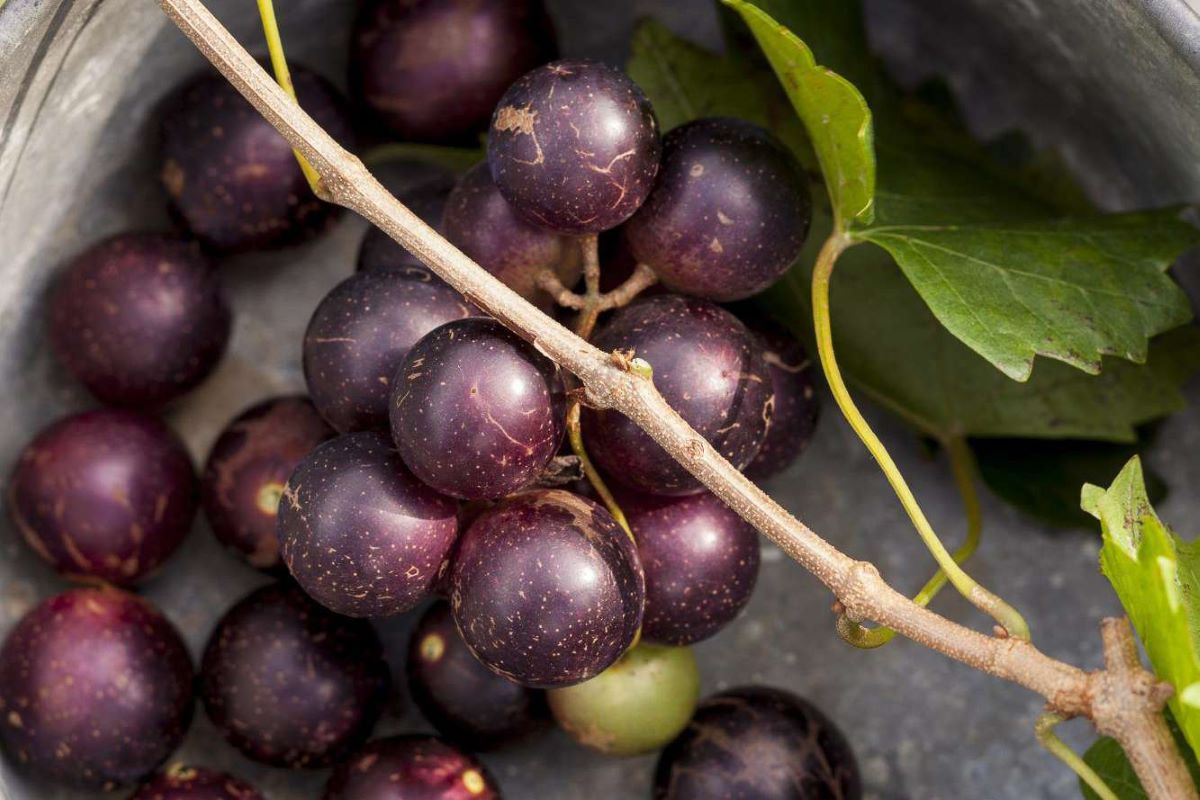
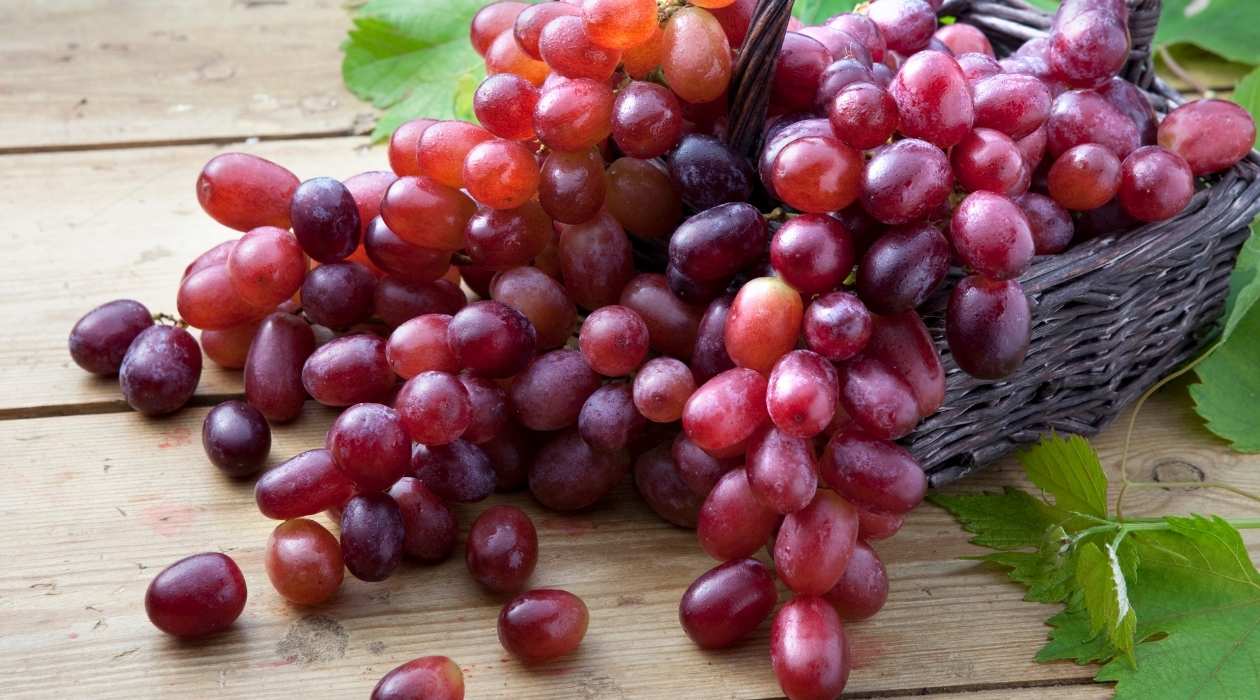
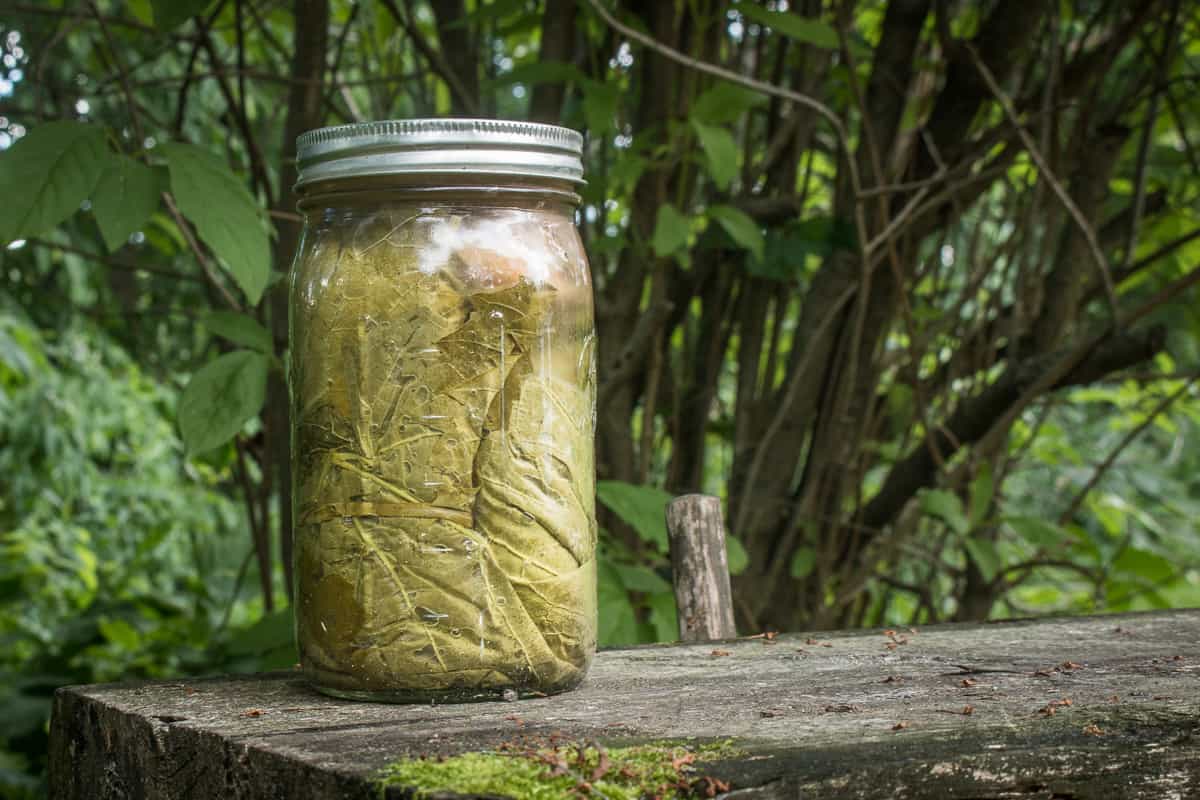
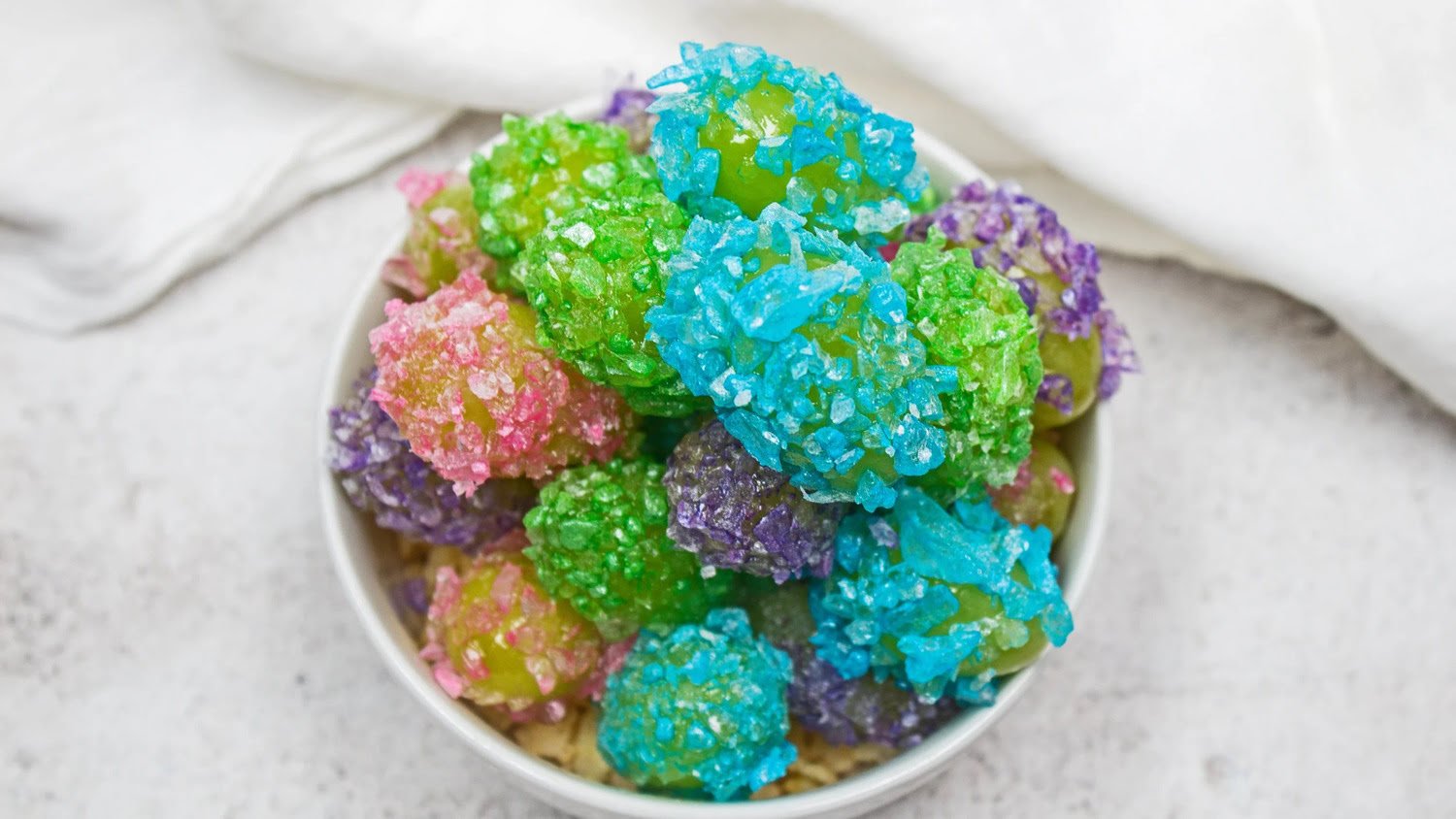
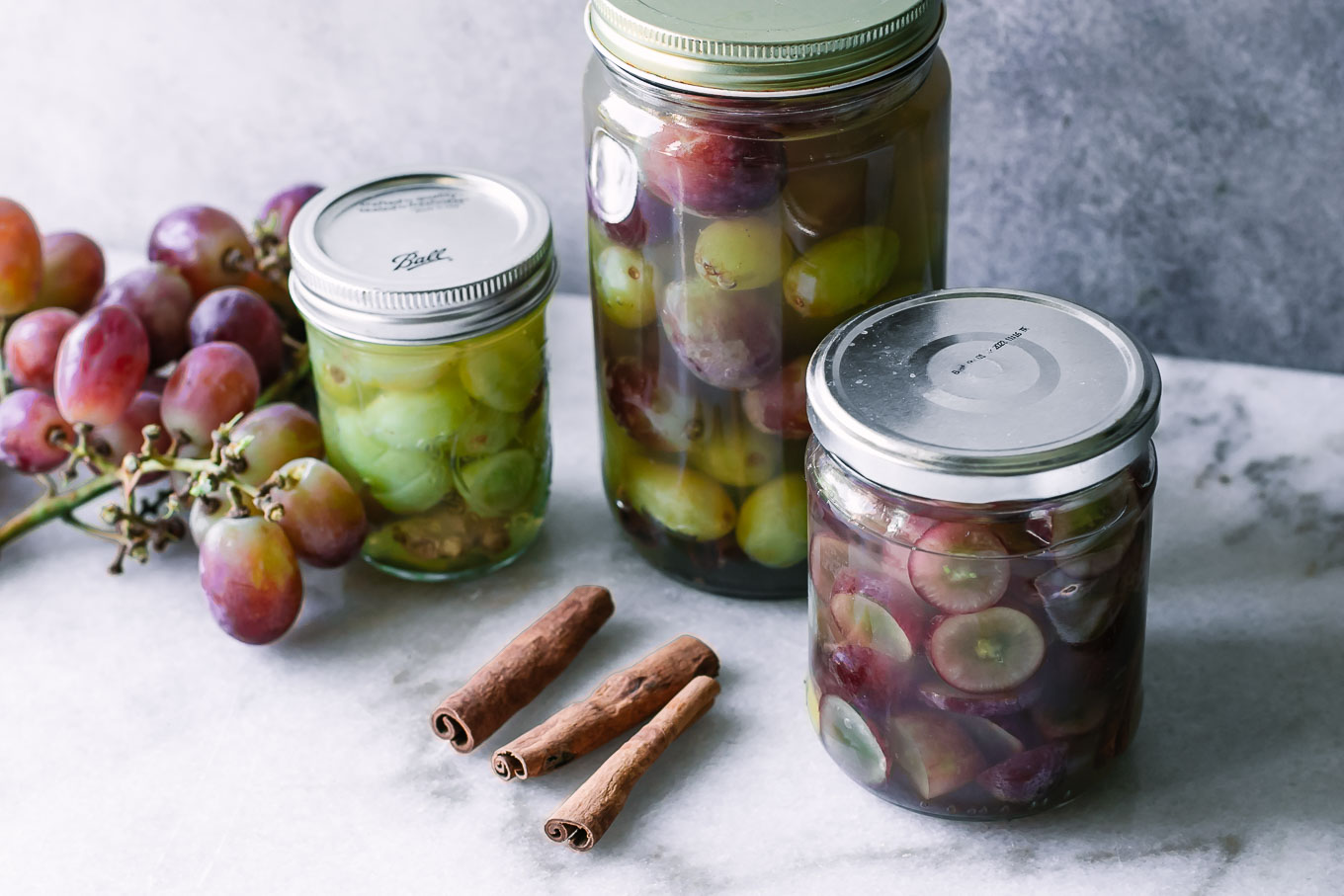
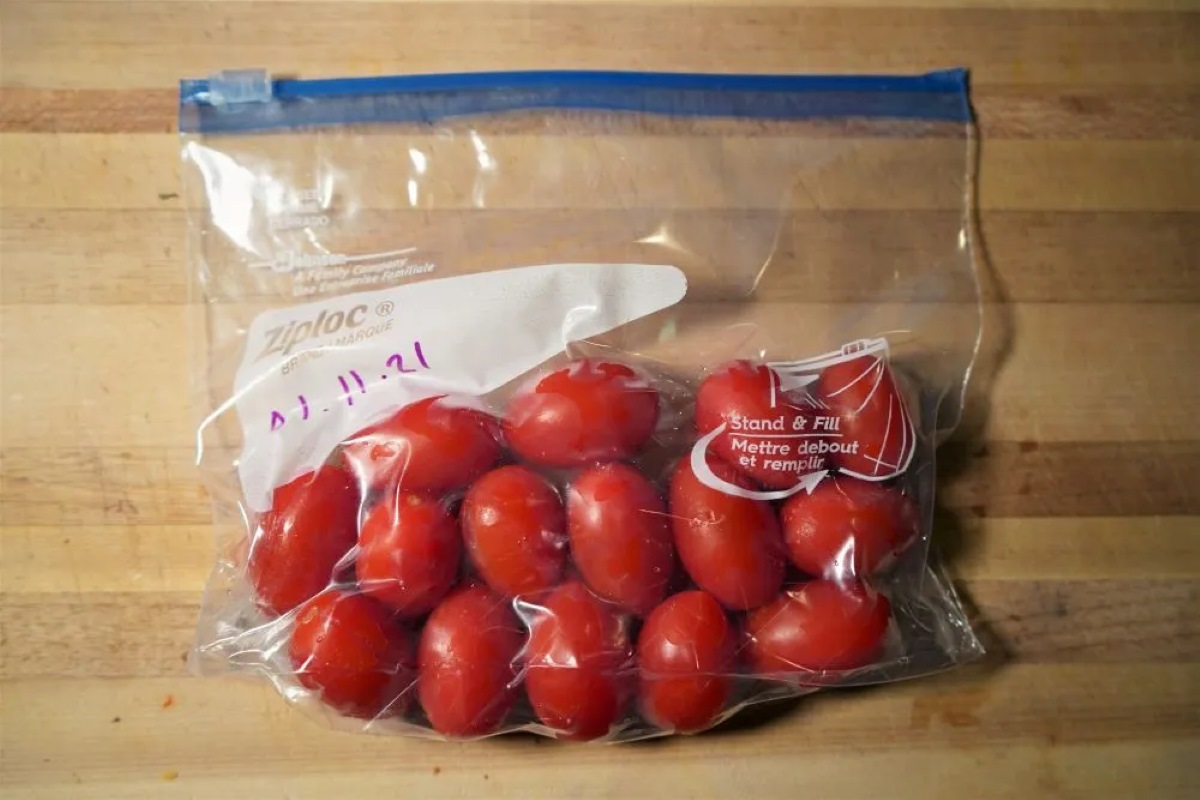
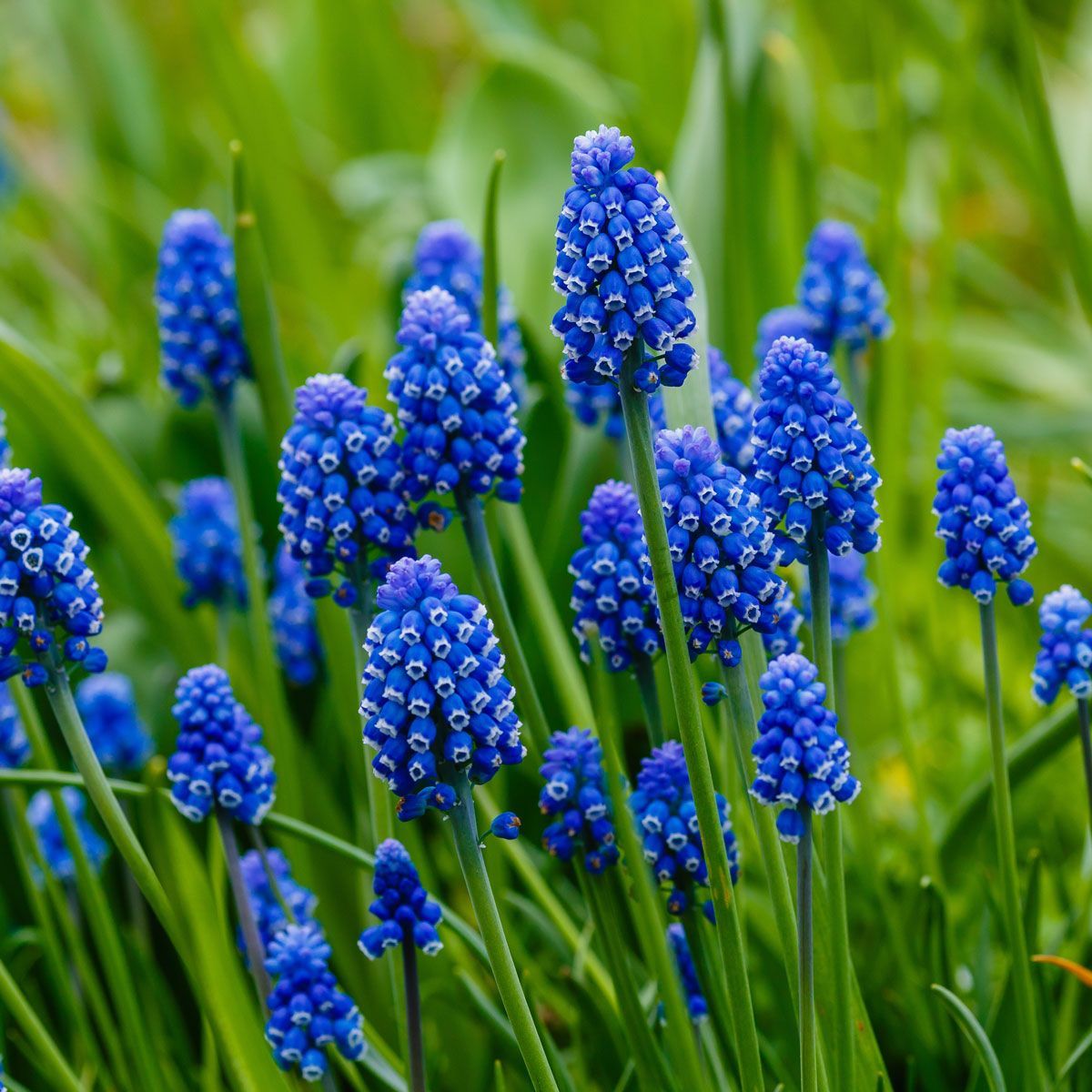
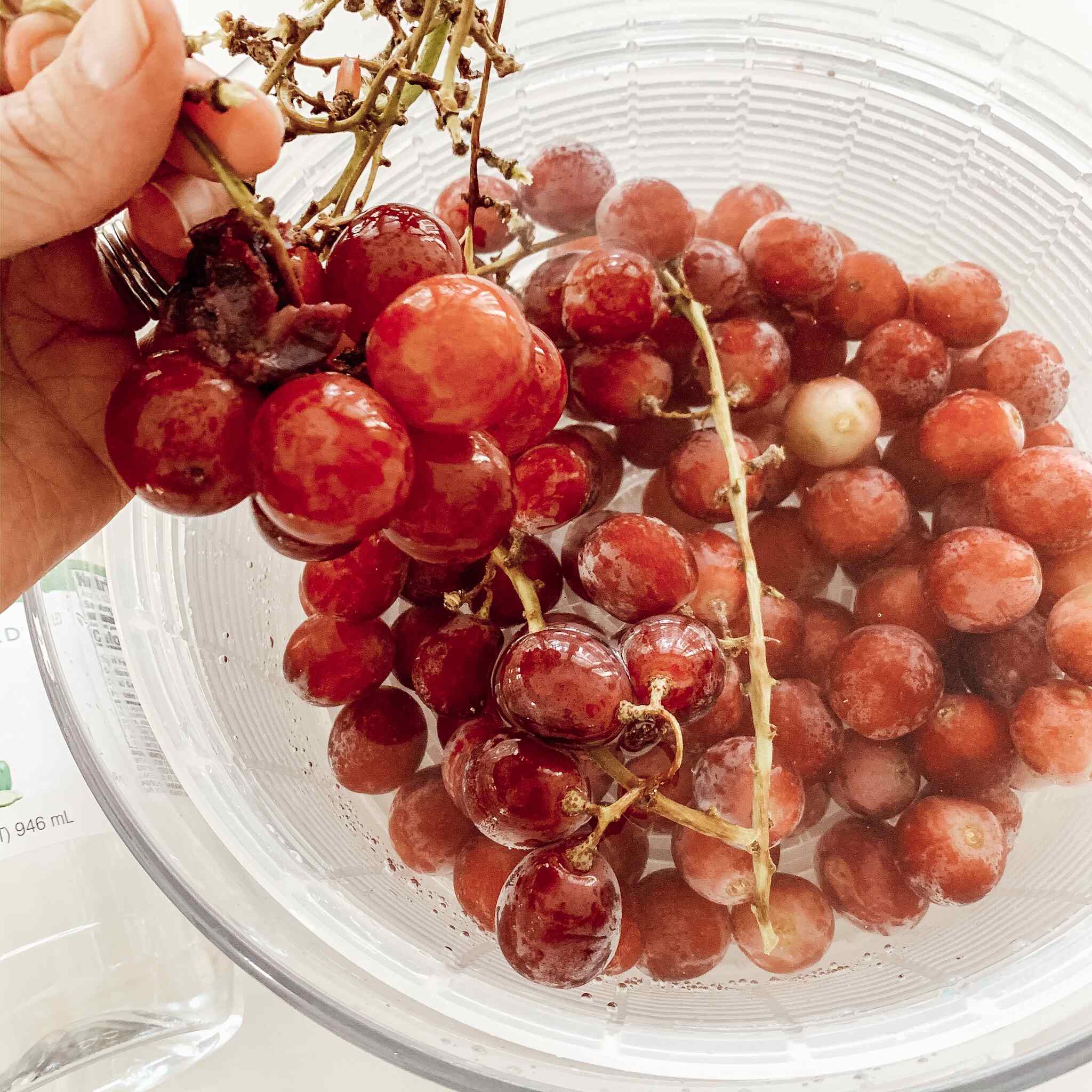
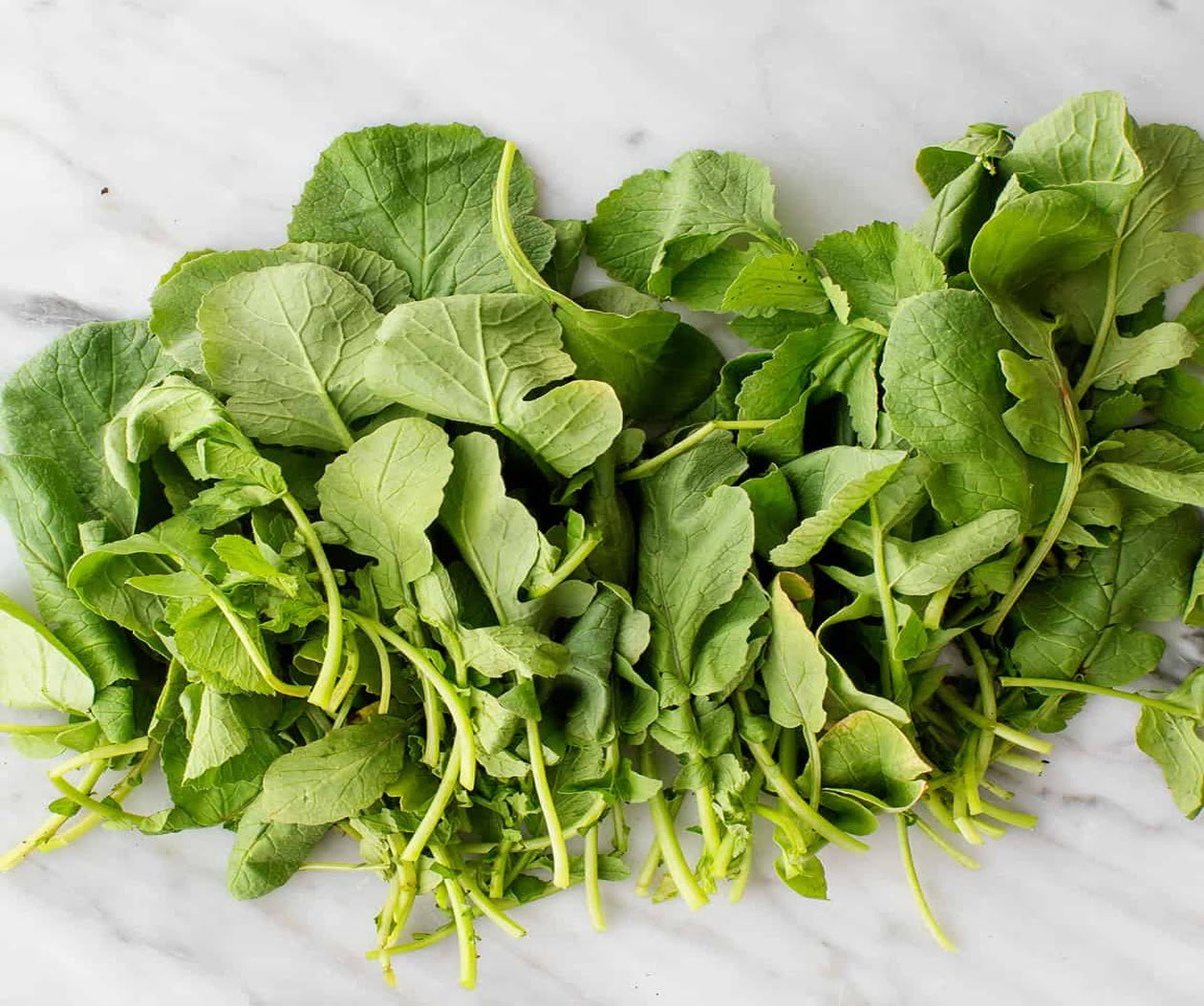
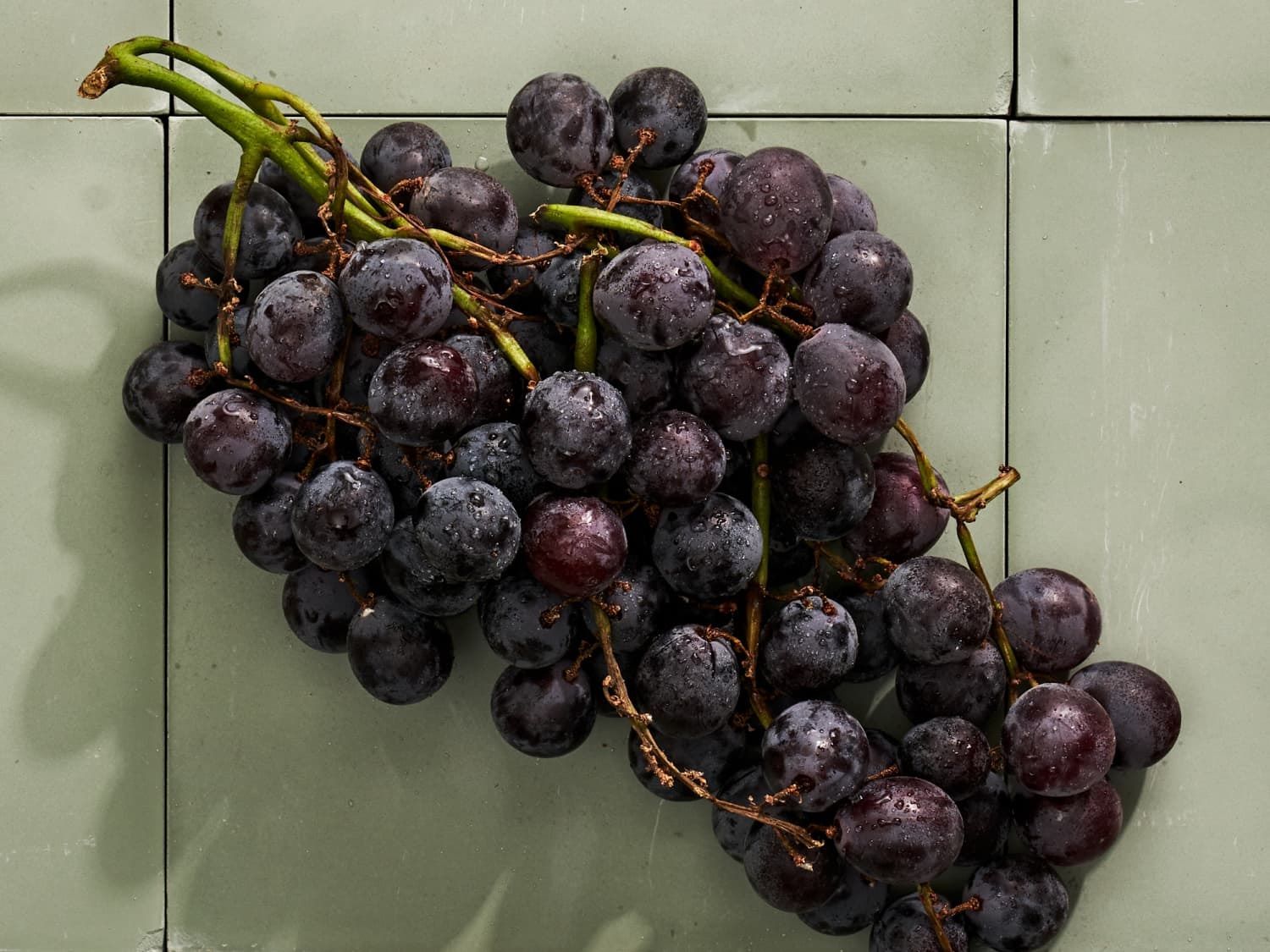
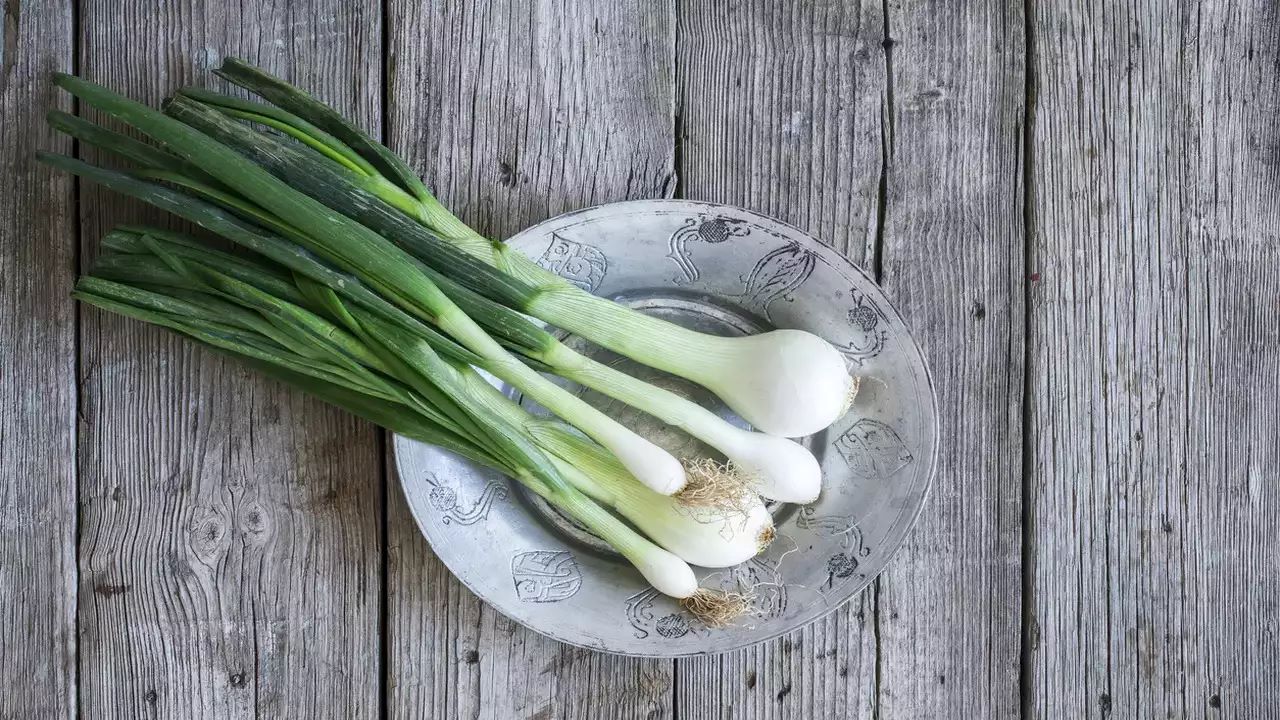
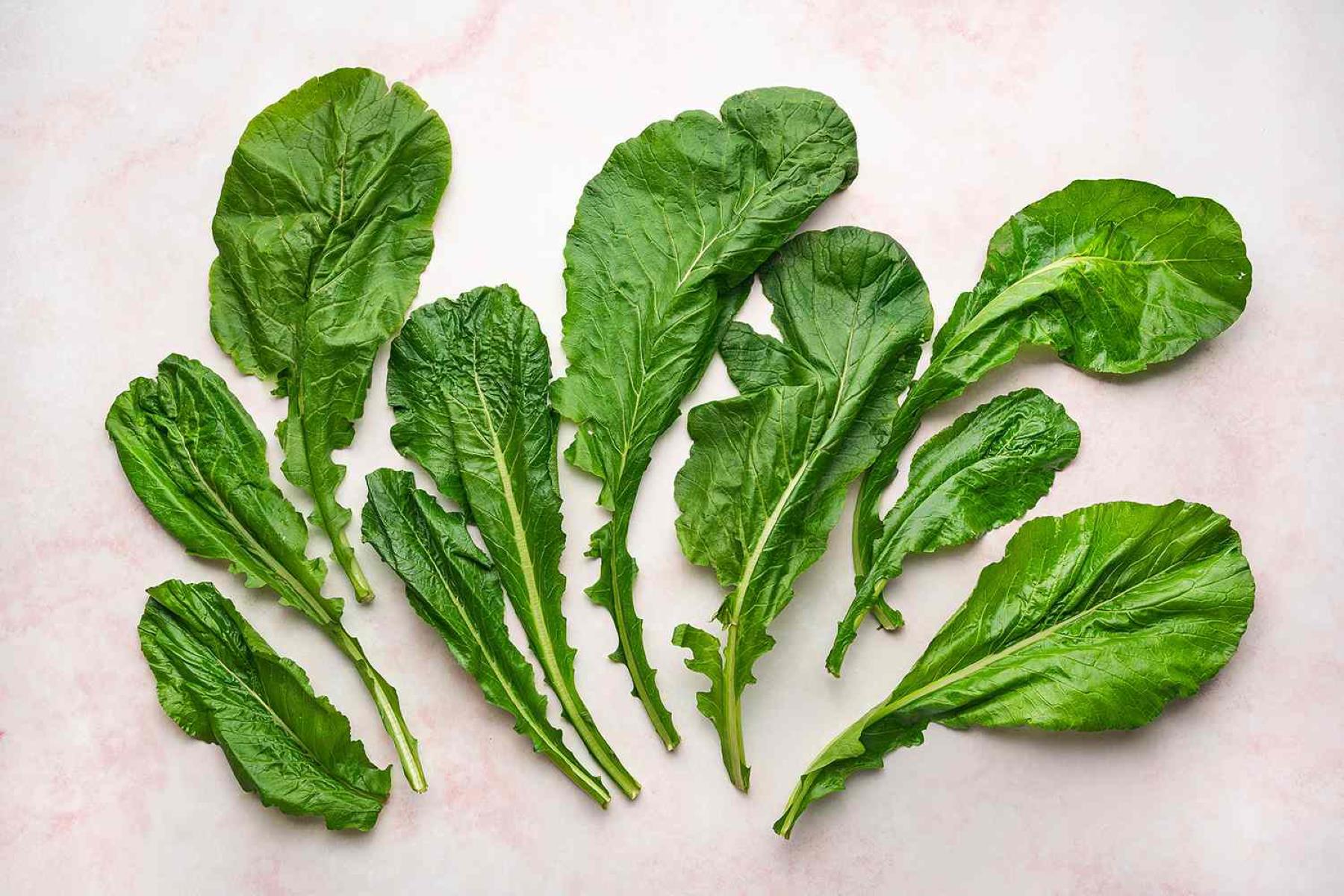

0 thoughts on “How To Store Green Grapes”